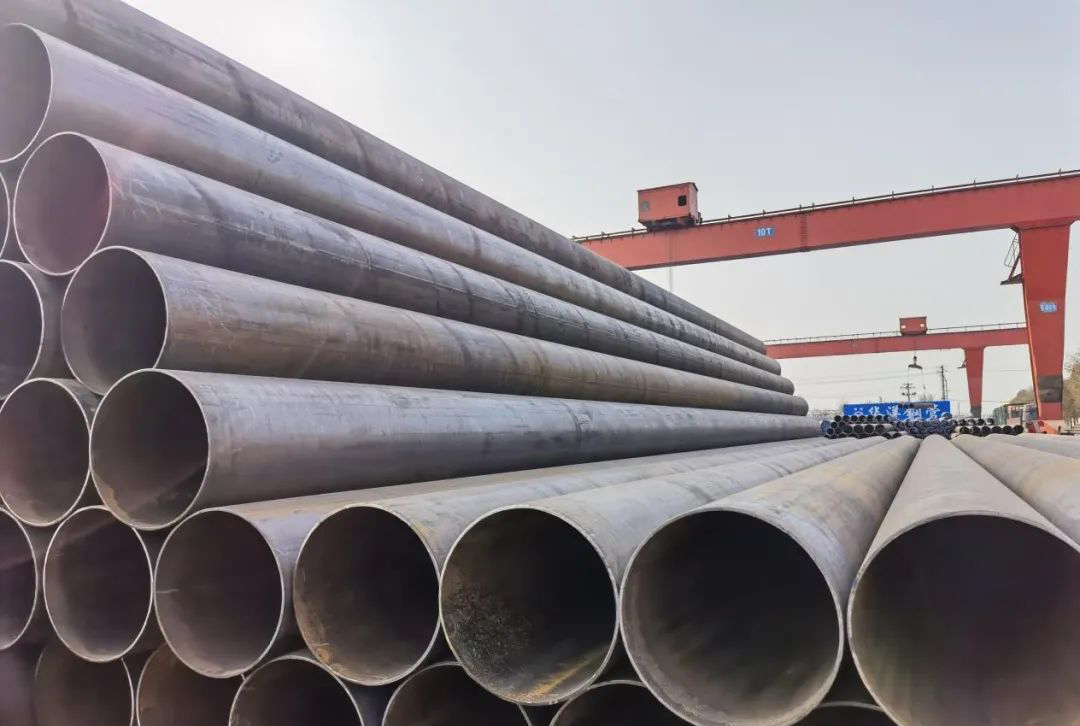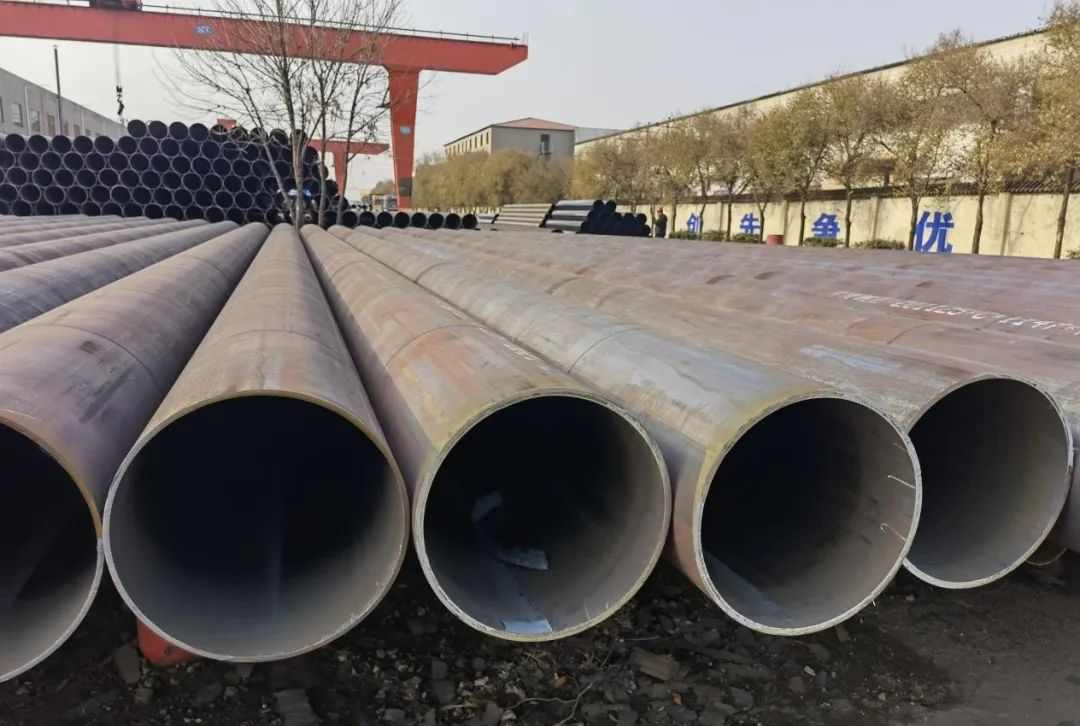Sharing China-Made with Global Customers

Sharing China-Made with Global Customers

Processprinciple--welded pipe
(1) In the welding process, if the interlayer temperature is too high,the grain will grow and T8 / 5 will increase. During on-site welding,normalizing treatment cannot be carried out and the original strengthand toughness of the steel will be lost. Therefore, the interlayertemperature must be strictly controlled in the welding process toprevent grain growth.
(2) The constant temperature time, heating width, insulation thicknessand insulation width of heat treatment are the main factors affectingthe toughness of weld. Properly prolonging the constant temperaturetime, increasing the heating width, holding width and holdingthickness are helpful to increase the tempering degree of martensiteand improve the toughness of weld.

welding technology
(1) The backing weld adopts double-layer argon arc welding with 3.2mmelectrode. The other layers adopt multi-layer and multi pass weldingprocess, and the thickness of single layer is less than or equal to3mm. In the welding process, the relationship between welding currentand welding speed should be mastered. By improving and reducing theweld thickness and welding speed, the large swing fast thin-layerwelding operation technology is adopted.
(2) During welding, technicians use far-infrared temperature measuringgun to measure the interlayer temperature of each layer of weld. Theinterlayer temperature is strictly controlled below 300 degrees (theinterlayer temperature is 10 ~ 20mm in front of the molten pool,expressed as the highest value). When the far-infrared temperaturemeasuring gun shows that the temperature exceeds 300 degrees, stopwelding immediately and continue welding when the temperature dropsto 230 degrees.
Afterthe welding of each layer is completed, the technician shall measurethe thickness of the weld bead with a vernier caliper. It is strictlyprohibited to form a fillet weld between the weld bead and thegroove, and the maximum thickness shall be less than or equal to 3mm.
